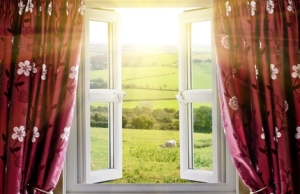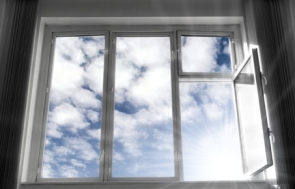 One of the many things that homeowners strive for is to have an energy efficient home. Achieving energy efficient status has benefits for both the environment and the bank account, and it is doable if you follow some specific tips.
One of the many things that homeowners strive for is to have an energy efficient home. Achieving energy efficient status has benefits for both the environment and the bank account, and it is doable if you follow some specific tips.
Keep Your Furnace Clean
Your furnace is one of the main points of interest when it comes to your home’s energy efficiency. When it is running at peak efficiency it uses less energy to do the same job, and costs less to run.
It’s wise to replace your furnace filter every couple months or when it gets dirty, to maximize airflow and let it run more efficiently. It’s also a good idea to stay in a regular maintenance schedule and upgrade if you have an older model.
Turn It Down
Another tip for energy efficiency is to lower your thermostat during times no one is home or everyone in the house is sleeping. You can try a programmable thermostat or manually turn it down 4 to 5 degrees Celsius at night or when everyone is out. Many health experts state that sleeping in a slightly cooler environment is preferable, anyway.
Go Cold
One easy adjustment you can make to become more energy efficient is to do your laundry in cold water instead of hot water. Almost all of the energy used to do laundry is used to heat the water, so if you use cold water, you’ll save a lot of it. Also, only do full loads to save even more, and choose a front-loading washer if possible.
Windows and Doors
Any homeowner that pays attention knows that a lot of energy in the form of heat or cool air is lost through windows and doors. Installing energy efficient windows and doors is a great way to keep that energy on the inside where it belongs so you can stop ‘heating or cooling the neighbourhood’.
If you aren’t in the position to install new windows and doors, you can modify the ones you have with things like weather stripping, sealant or caulking and plastic window coverings. If possible, open up drapes and blinds to let the sun in during the day for some natural heat, and close them up at night. Try your best not to let the windows and doors in your home waste too much energy and raise your energy costs.
